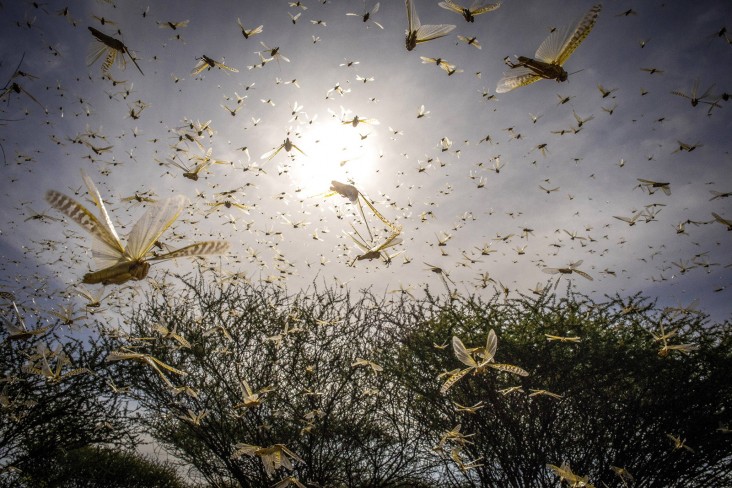- What We Do
- Agriculture and Food Security
- Democracy, Human Rights and Governance
- Economic Growth and Trade
- Education
- Environment and Global Climate Change
- Gender Equality and Women's Empowerment
- Global Health
- Humanitarian Assistance
- Transformation at USAID
- Water and Sanitation
- Working in Crises and Conflict
- U.S. Global Development Lab
Speeches Shim

Latest East Africa Fact Sheet
2020_09_30 East Africa Desert Locust Crisis Map ![]() (pdf - 1 MB)
(pdf - 1 MB)
Key Developments
USAID is responding to the worst locust outbreak in East Africa in decades, providing more than $24 million to scale up pest control operations through direct interventions and local capacity building in Ethiopia, Kenya, Somalia. Control operations include ground and aerial pest control, training pest control experts and scouts, and providing protective equipment - all critical to preventing a potentially larger impact on crops and pastures, which people rely on to feed their families.
FAO expects desert locust infestations to persist across Ethiopia and Somalia through at least March 2021.
Yemen remains a reservoir for desert locust breeding, posing a continued threat to the Horn of Africa region.
Widespread breeding in Red Sea coastal areas of Eritrea and Sudan will substantially increase infestations in Eritrea in particular.
Since January, control operations have prevented 1.5 million MT of crop loss at harvest time, safeguarding the food security of 9.9 million people and protecting grazing areas for the livestock of 687,000 households.

Comment
Make a general inquiry or suggest an improvement.